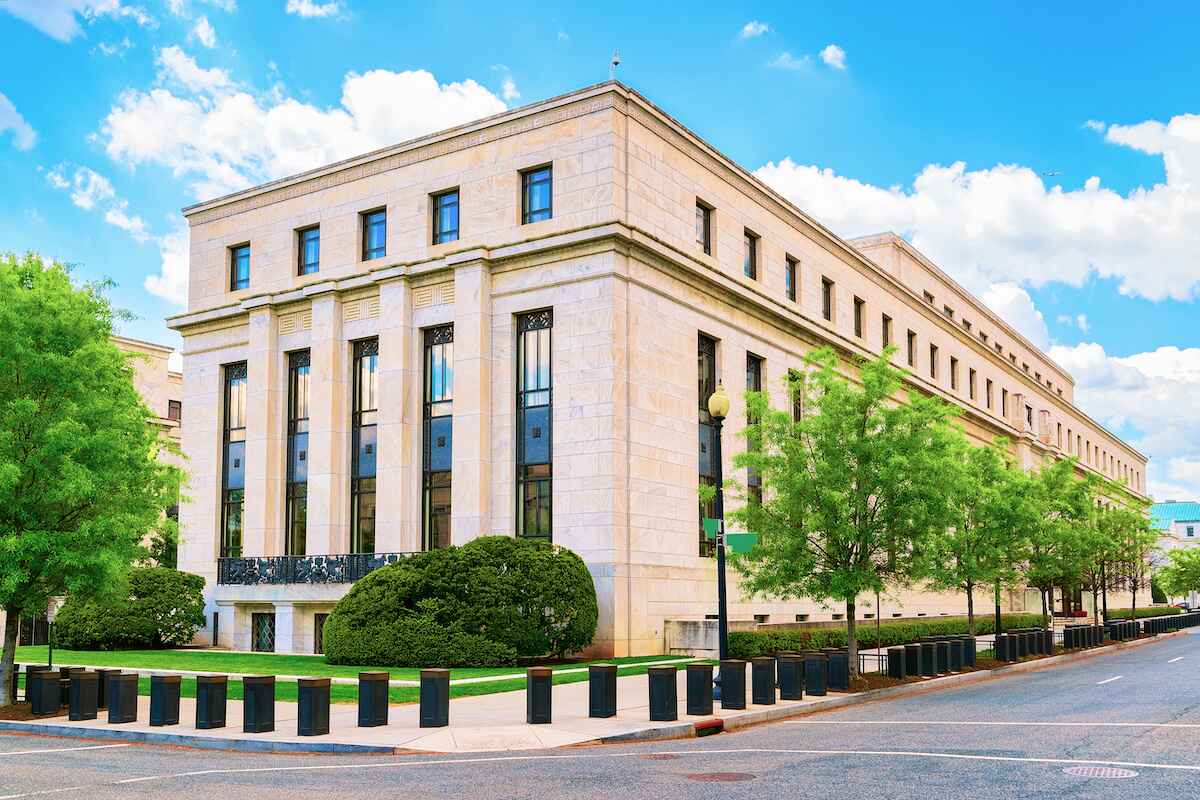The Canadian dollar, a.k.a. the Loonie, has been losing ground against the US Greenback since 2021. The erosion accelerated when the US administration threatened tariffs, but a new report reveals that reality is better than expectations. A new analysis from BMO Capital Markets explained to investors that the Loonie has regained the ground lost against the US dollar since November. Great news for consumers, but it will have monetary policy implications as it pokes another hole in the central bank’s justification for its latest cuts.
Canadian Loonie Reverses Losses Against US Dollar Since November
The USD has generally gained ground against the loonie over the past few years. Since hitting a multi-year low of C$1.20 in 2021, the US dollar/Canadian dollar exchange rate surged to a multi-decade high of nearly C$1.48 in mid-January. The loonie’s erosion was a short-term combination of political uncertainty, both at home and abroad—Canada’s PM resigned, while the US threatened broad tariffs.
Source: Wall Street Journal; BMO Capital Markets.
Canada has seen a lot change since January, restoring some currency stability. “The Canadian dollar strengthened to its best level since November 25 on Thursday, briefly punching below $1.40/USD (or above 71.5 cents),” said BMO Chief Economist Douglas Porter.
He further explained to investors, “Notably, November 25 just so happens to be the day that President Trump first warned of 25% tariffs on Canada (and Mexico), sending the currency skidding.”
Reversing the losses since November is a positive development, but not exactly optimal. The Loonie has still lost significant ground against the American Greenback in the years leading up to November. However, the losses related to political and trade uncertainty with the US, have been mitigated. Progress!
Is The Loonie Getting Stronger Or The US Dollar Getting Weaker? Yes
Most Canadians are just happy to regain some of the lost purchasing power. It doesn’t matter how it’s restored on a relative basis. Those in finance and investments are scrambling to understand if this is based on the loonie becoming stronger or the Greenback becoming weaker.
It’s a combination, according to Porter. “Of course, the broader U.S. dollar has also played a big role here, with the greenback forging higher through the turn of the year, before retreating heavily since early January,” he explains.
Canadian economic data has generally been more robust than anticipated. Most weakness is largely due to households facing economic anxiety due to political and economic uncertainty. This will fade as new leadership is established, and the reality of tariffs comes in lighter than the worst case scenarios threatened. It’s already starting to feel a little lighter, and post-election (regardless of who wins) will give businesses clear insight into national priorities.
South of the border, Americans appear to be going through the opposite. The new administration’s business friendly policies sparked an initial wave of economic optimism. That’s turning into jitters as the uncertainty over a multi-country trade war, and eroding economic data rolls in.
“The big dollar has now essentially given back all its post-election gains (although the CAD is still slightly weaker than in early November, and has generally been softer on the crosses since early February),” said Porter.
Loonie Strength May Have Implications For A Panicked BoC
That’s great, but there’s still an elephant in the room—monetary policy. The Bank of Canada (BoC) has been heavily criticized for disregarding its mandate, and acting on internalized fears contrary to hard data. The central bank acknowledged its forecasts have underestimated GDP growth, and inflation—warning the latter will accelerate and will approach its upper tolerance level. However, it still chose to slash rates and provide further inflation stimulus on fears the trade war would obliterate demand.
“One key point here for BoC policy: The Bank has fretted about the inflationary impact of a trade war on Canada, due to retaliatory tariffs and a weak CAD. Well, the second item is now not a big deal, and the tariffs have (so far) been lighter than anticipated on Canada,” warns Porter.
The implication being the BoC’s latest rate cut boondoggle may require a follow up of tightening. Since tightening doesn’t slow consumption as fast as easing accelerates it, this can require more than simply reversing the decision. In which case, the central bank will have undermined its own progress with a brief bout of panic (once again).




















 English (US) ·
English (US) ·